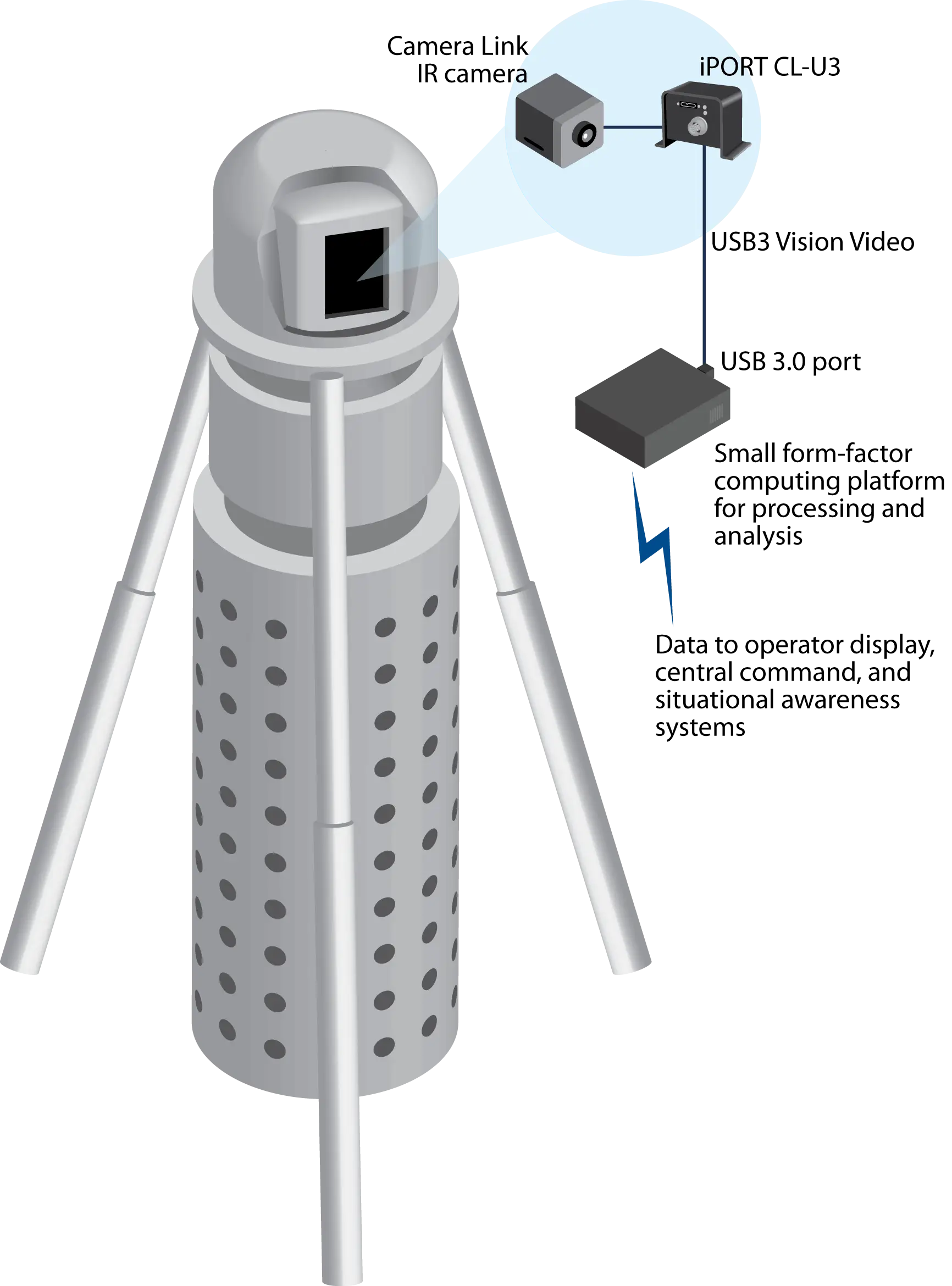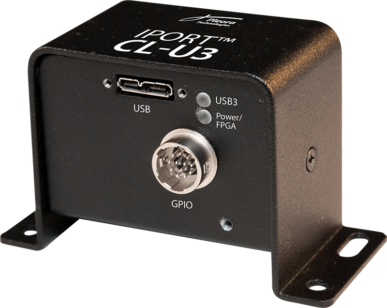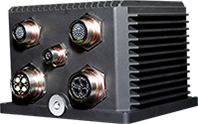Image-Based Chemical Threat Detection System
Pleora’s iPORT External Frame Grabbers help system designers reduce the costs and complexity of portable military imaging systems by converting existing Camera Link cameras into USB3 Vision® cameras.
The chemical imaging detection system uses a Camera Link passive infrared detection camera to automatically search the region for chemical agent vapor clouds. Using sophisticated pattern recognition algorithms, the system can detect and classify chemical agents up to two kilometers away, allowing personnel to avoid contaminated areas, don protective equipment, and alert nearby troops. The threat detection system can be mounted on ground-based vehicles, unmanned robotics systems and naval vessels as part of a mobile local situational awareness system and deployed in a fixed site to monitor a perimeter.
Pleora’s iPORT CL-U3 external frame grabber was selected during a retrofit upgrade of the military imaging system. Previously, transmitting video from the Camera Link camera required bulky, specialized cabling and a PCIe frame grabber to capture images at the computer, resulting in more complex systems, higher costs, and limited computing platform support. With the iPORT CL-U3, the image feed from the Camera Link camera is converted into USB3 Vision-compliant video.
The uncompressed high-bandwidth video is transmitted with low, consistent latency over a USB 3.0 cable directly to a compact, lower-cost, ruggedized single-board computer used for processing and analysis. Data is sent to an operator display unit and can then be shared with a command center, nearby troops, and onboard vetronics systems used for battlespace observation, surveillance, and awareness power, control signals, and data are transmitted over the single, thinner, lighter and more flexible cabling, reducing costs and complexity while enabling 360-degree coverage for the rotating camera system.

Unique Advantages
- Transmits video from Camera Link Base or Medium mode cameras over USB 3.0, with low, predictable latency
- Supports compact and low power systems
- Plugs into a wide range of computing platforms without needing a PCI/PCIe frame grabber
- Vendor-agnostic networking


